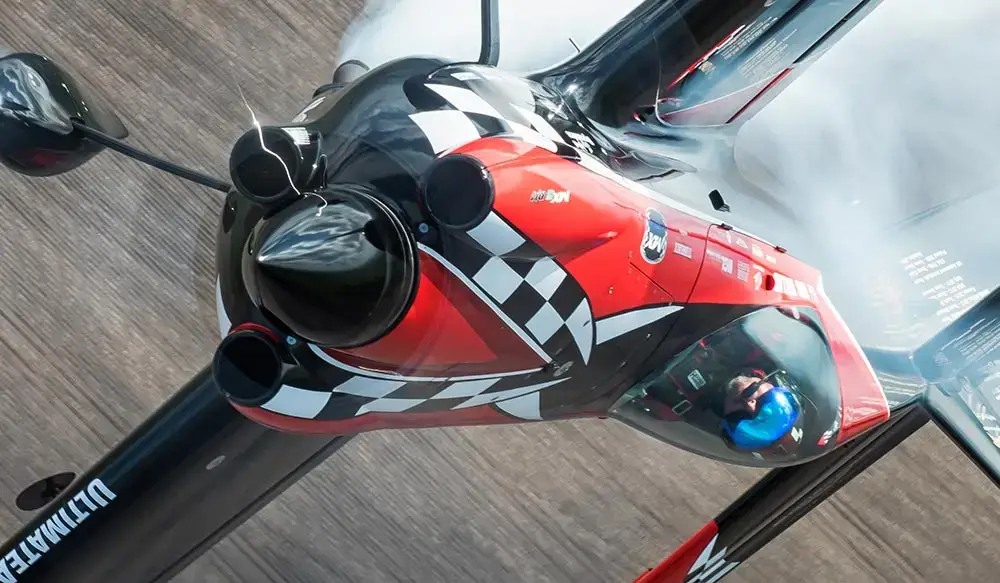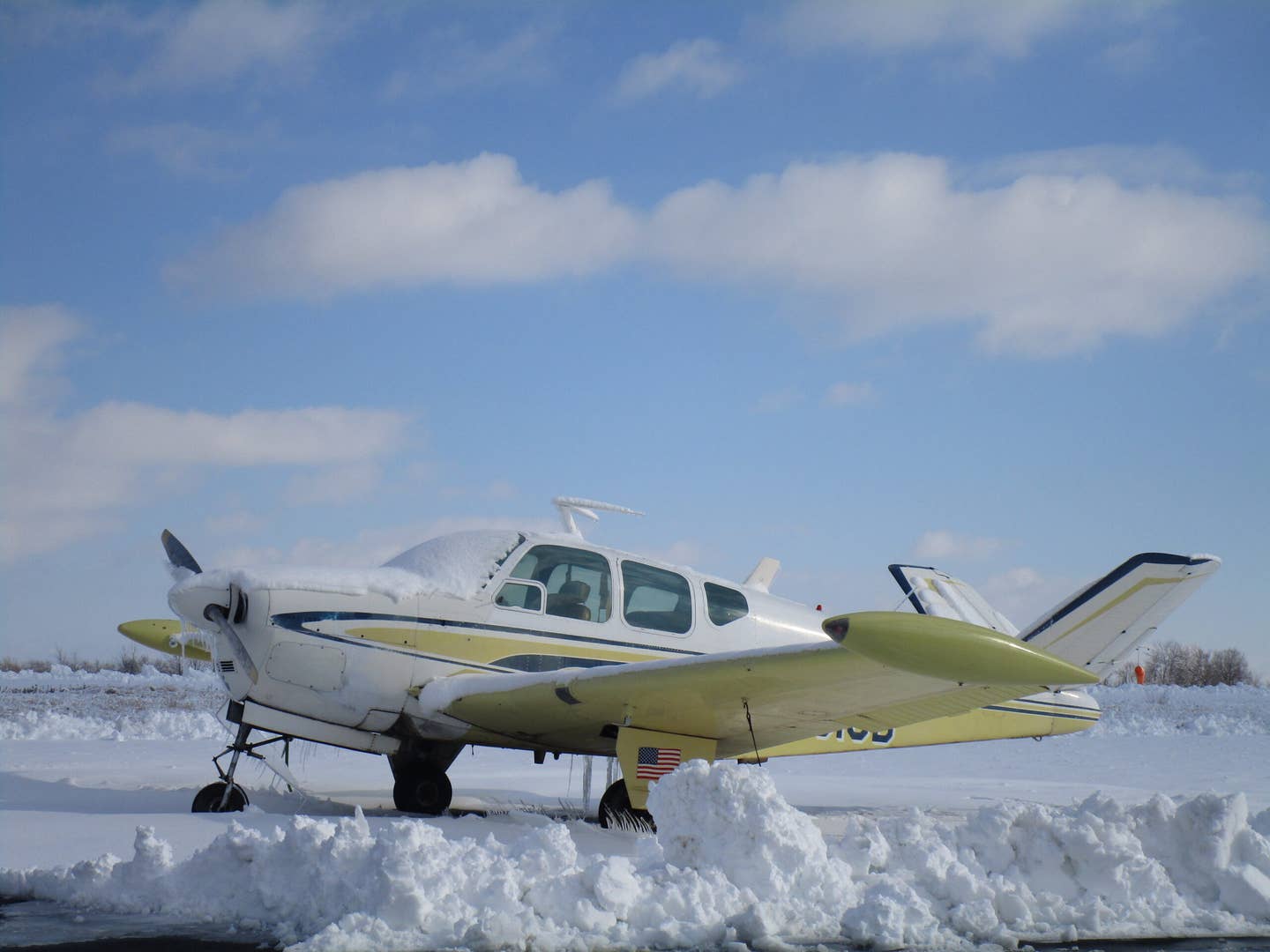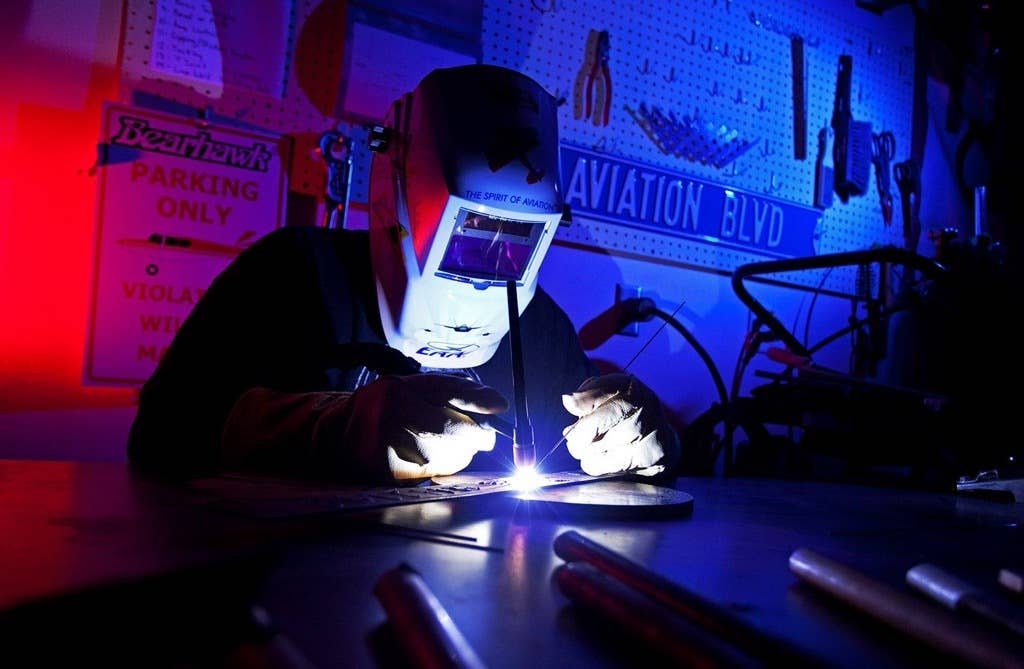Personal Jets Through the Years
Though many doubt the viability of such a concept, the idea of a small, single-pilot, practical jet-powered airplane has been around for a good long while.
The idea of a small personal jet is an alluring one, and there have been some limited success stories, as you'll read here. But the problem facing very small, very light jets is that turbine engines are most efficient at altitudes starting at 30,000 feet and up. Below that, their fuel burns are far greater, which is why you hear pilots of small and not-so-small jets pleading to be allowed to climb.
Still, the attraction of personal jets has kept them coming in wave after wave since the 1950s, culminating in three relatively successful designs beginning in the early part of this century. But even that wasn't easy, and some of the stories are harrowing in just about every imaginable way.
Morane-Saulnier MS. 760 Paris Jet
When you think of the first bizjet, you might think of the Lear 23, the Lockheed JetStar or the North American Sabreliner. Only the Lear is a personal jet in any respect, and the JetStar and Sabre are pretty big airplanes, the JetStar especially. But the Paris Jet was a truly right-sized private jet, and a single-pilot jet, to boot. A twin-engine French model that weighs well under 10,000 pounds at gross, it was originally intended for a contract competition to provide a plane for the training of would-be fighter pilots and the shuttling about of officers. After losing out in that competition, its designers quickly pivoted, threw in a couple of extra seats and called it a private jet. Over the years, the Paris Jet has resurfaced a number of times, though it has never gotten much traction despite not-terrible performance, 310 knots with about an 800-nm range. The company built 219 of them, mostly for military use, and there are still a good number of them about. Downsides are, they are loud and expensive to operate for performance you could get with a used TBM at operating costs way less than half of the outlay for flying a Paris Jet.
Bede BD-5J
Arguably, the epitome of the personal jet is the BD-5J. It has room (barely) for one, a single, tiny jet engine and, oh yeah, you build it yourself. The homebuilt Bede BD-5J, which first flew in 1971, was offered in kit form by the Bede Aircraft Corporation, founded and headed by the late Jim Bede, who went through a number of shady episodes marketing and selling his designs. But the Bede Jet, a derivative of the pusher piston-powered BD-5, was undeniably cool, so much so that it is featured in the opening sequence of the James Bond film Octopussy flying through the open doors of a hangar to evade the bad guys in hot pursuit. Bede sold hundreds of kits for the BD-5J, powered by a 225-pound-thrust turbojet. The plane's safety record is notoriously bad, and there're just a few of them still flying. And with a range of around 250 nm and a cruise speed of 240 knots, it wasn't a very practical plane, though many of them have appeared on the airshow circuit over the years.
Eclipse 500
You probably know about this plane from the perspective of the colossal hype of the program from the outset that was exceeded only by the train crash that hit the company at the end. The EA-500 was going to change the world. At less than a million bucks, it would do 370 knots and better than 1,000 nm of range and a ceiling of 41,000 feet with room enough for six in its very tight cabin. After an engine change mid-program, it wound up being powered by a pair of Pratt & Whitney PW610F turbofans of 900 pounds of thrust apiece, and it wound up, after extensive changes, making good on those targets.. It's a very pleasing airplane to fly, and its performance is every bit as good as one could fairly expect from such a diminutive jet. I'd say it was even better than one could expect. In the process of getting there, though, the company burned through every ounce of credibility and goodwill its great idea and decent (if incomplete) execution had earned it. Eclipse went out of business in 2008 after having completed just 266 jets, which is estimated to have been a billion-dollar disaster, and it left hundreds of would-be owners in the lurch. The current owner, One Aviation, is developing an improved version, the Eclipse 700.
Piper Jet
When Very Light Jet (VLJ) fever struck the North American continent in the late '90s, everyone wanted in on the act, and that included Piper, which thought a single-engine, single-pilot jet that offered good performance at a great price would be a natural. They soon learned, however, just how expensive it would be for them to bring such a jet to market and how difficult it would be to get the design just right. That product was the Piper Jet, an all-metal six-seater based on the PA-46 series of pressurized singles. Target price was right around $2 million.
A later, extensively redesigned version with a new airfoil was renamed the Altaire. Piper, under new ownership at the time and with the recession in full bloom, canceled the program long before certification. The defining feature of the plane is its tail-mounted engine. Tail-mounted engines are common on tri-jet planes, but they present problems when power settings are changed, as the moment of the engine is so great that pitch changes are amplified. Piper initially had an auto-trim system to address this but later worked with engine supplier Williams on a thrust vectoring solution to the problem that eliminated much of the complexity of auto trim. The Piper Jet/Altaire's performance targets were impressive: a cruise speed of 360 knots, a range of 1,300 nm and a ceiling of 35,000 feet.
Diamond D-Jet
If you've noticed one constant with the development of personal jets, it's that financial difficulties are common, almost universal, and so it was with Diamond Aircraft's development of its single-engine D-Jet. Begun in 2006, the program progressed to the point where the London, Ontario, Canada-based North American arm of Diamond was test-flying three of the planes, and they seemed happy with the progress it was making. The five-seat, single-engine, all-composite jet was powered by a single Williams FJ44 turbofan engine, and a flight report by an experienced jet pilot at the time was laudatory of the plane. Diamond talked typical long-range cruise speeds of around 250 knots, but the high-cruise airspeed was around 315 knots. Still, with the recession, Diamond, like so many other companies, hit a rough patch and suspended the program. It's reportedly under review for a possible restart. We'll keep our fingers crossed it happens.
Cessna Mustang
The Cessna Mustang is a very light jet, despite the company's protestations---Cessna, now part of Textron Aviation, apparently thought the VLJ tag diminished the plane's real-jet cred. We disagree, and we agree that the Mustang is a real jet, but its cancellation in 2017 came after the company had built 479 of the single-pilot jets. The all-metal, Pratt & Whitney Canada PW615F turbofan-powered twin-jet is very much a slightly smaller version of the company's CitationJet but with smart reductions in technology that saved weight.
The entry-level version is now marketed as the M2. The cost delta, Cessna came to understand, between the two planes was such that the Mustang mainly competed with its own jet. It also learned that selling any jet for $2 million is a stretch; its price grew to around $3 million. And the Mustang was 80 knots slower than the M2, though its 1,350-nm range was impressive, and its cabin, while smallish, was roomy compared to the Eclipse EA500. If anything, the Mustang proved two things: that Cessna could indeed make a nice very light jet and that it's hard for anyone to make one for $2 million.
Sonex Aircraft SubSonex Jet
One of our favorite planes, period, the SubSonex embraces its mission, to be a fun jet that you don't have to be rich to own. The cost of the kit, including the quick-build option, the PBS TJ-100 engine, and a bunch of bells and whistles still comes in at around $140,000. You do then indeed need to build the thing, but Sonex kits are from all accounts designed to make the job easier, even for newbies. It's fast for a single-place jet, around 200 knots, and its max range at long-range cruise settings is around 400-nm. How practical a cross-country airplane is it? Not very. How cool a person jet is it? Off the charts. We'll take two, please.
Cirrus SF-50 Vision Jet
Like so many of the jets featured here, the Cirrus Jet, renamed the SF-50 Vision jet more than a decade ago, was a huge undertaking for Cirrus Aircraft, which launched the project in 2007. The plane, an all-carbon-fiber, six-seven seater with an odd, bug-like look to it that many find kind of cool, would be, Cirrus said at the time, the lowest, slowest jet out there, but it would be easy for an SR22 pilot to transition into. The recession soon threw a wrench into the carbon fiber, and the project was put on hold, eventually getting re-booted with major improvements after Cirrus was purchased by CAIGA. The company earned FAA certification for it in 2016 and made its first delivery a few months later. So it took Cirrus 10 years to hand over the first SF-50, but it was an immediate success. The plane was indeed a doable transition for a proficient pilot of a high-performance single. We flew the plane soon after it came out and said that it was the lowest-workload cockpit of any light jet. Cirrus has delivered more than 175 of the jets and counting, and the Generation 2 version is slightly faster than its 310-knot predecessor but better in numerous ways. It's also more expensive, at around $3 million. Cirrus has hundreds of orders for the jet, so expect to see more and more of them at airports near you over time.
Here are 10 wooden airplanes you can buy or build!

Subscribe to Our Newsletter
Get the latest Plane & Pilot Magazine stories delivered directly to your inbox






